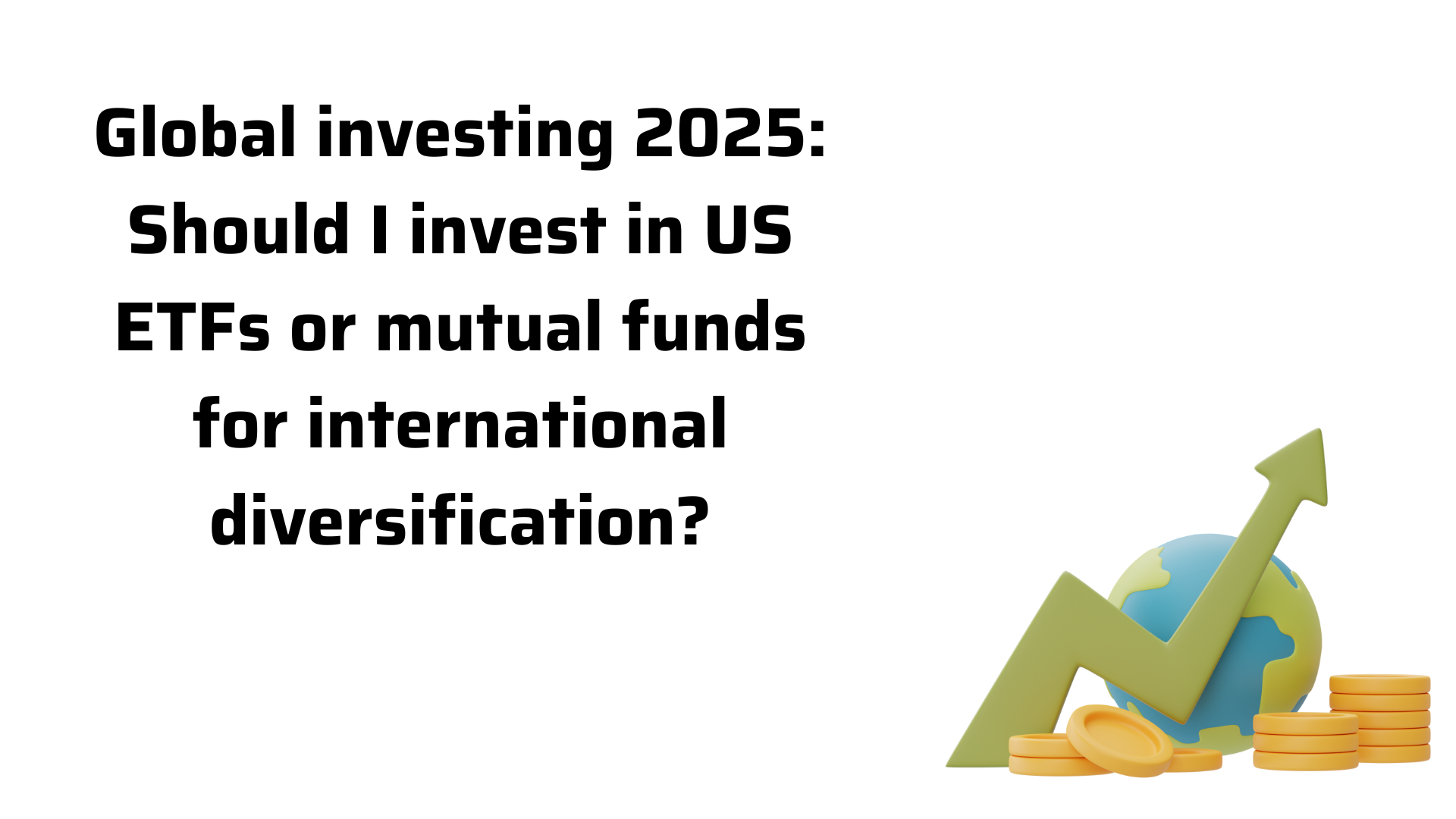In the current market scenario, I’m considering diversifying internationally. Should I invest in US ETFs or continue with Mutual Funds? Which option is better in terms of returns, risk, and long-term growth potential?
Advice by Rajani Tandale, Senior Vice President, Mutual Fund at 1 Finance
From a diversification perspective, allocating a portion of your portfolio to the US market is a sound decision. The simplest way is through US ETFs, which directly track indices like the S&P 500 or Nasdaq. Alternatively, you can invest via international mutual fund schemes, many of which channel money into US ETFs or US-based funds—but this comes with an additional layer of expenses.
Currency movement also plays a role: rupee depreciation boosts your returns, while appreciation can erode them.
If you are comfortable with a DIY process and handling forex transfers, direct US ETFs are more cost-efficient. If you prefer simplicity and convenience, mutual funds are the easier choice.
However, due to RBI guidelines, many international mutual funds have currently stopped accepting fresh inflows. In such cases, avoid buying Indian MF-offered ETFs linked to US markets if fresh units are not being created, as they may trade at a premium to their fair value. consult a qualified financial advisor.
Investing in international funds
International mutual funds stole the spotlight in July, significantly outperforming their domestic peers. Out of 564 funds reviewed during the period, only 134 generated positive returns, while 429 posted losses, and one remained flat.
Strikingly, 18 of the top 20 performers were international funds, with only two from the domestic pharma and healthcare sector making the cut.
Leading the pack, Mirae Asset S&P 500 Top 50 ETF FoF delivered an impressive 9.77% return, followed by DSP Global Clean Energy FoF at 8.67% and Mirae Asset NYSE FANG+ ETF FoF at 8.51%. Funds focused on Greater China also shone, with Axis Greater China Equity FoF (8.48%) and Edelweiss Greater China Equity Offshore Fund (7.45%) posting strong gains.
Other noteworthy performers included Mirae Asset Global Electric & Autonomous Vehicles Equity Passive FoF (7.21%) and Mirae Asset Hang Seng TECH ETF FoF (6.09%). Domestic pharma and healthcare funds such as HDFC Pharma & Healthcare Fund (6.18%) and DSP Healthcare Fund (4.50%) were the only local players in the top rankings.
In contrast, several small-cap funds like HDFC Small Cap Fund (0.66%), Mirae Asset Small Cap Fund (0.42%), and Bandhan Small Cap Fund (0.16%) delivered modest returns. ICICI Prudential MNC Fund stood out for failing to register any return at all during the period.
Here’s the returns as of August 18, 2025:
6-Month Returns:
DSP World Gold FoF – 39.50%
Nippon India Taiwan Equity Fund – 24.76%
DSP Global Clean Energy FoF – 20.20%
Edelweiss Europe Dynamic Equity Offshore Fund – 19.30%
HSBC Asia Pacific (Ex Japan) Dividend Yield Fund – 17.71%
1-Year Returns:
Mirae Asset Hang Seng TECH ETF FoF – 86.25%
Mirae Asset Hang Seng TECH ETF – 67.26%
Mirae Asset NYSE FANG+ ETF FoF – 66.72%
DSP World Gold FoF – 60.64%
Nippon India ETF Hang Seng BeES – 52.89%
3-Year Returns:
Mirae Asset NYSE FANG+ ETF – 52.59%
Mirae Asset Hang Seng TECH ETF FoF – 43.12%
DSP US Flexible Equity FoF – 35.55%
Mirae Asset S&P 500 Top 50 ETF – 30.87%
Nippon India Japan Equity Fund – 26.96%

